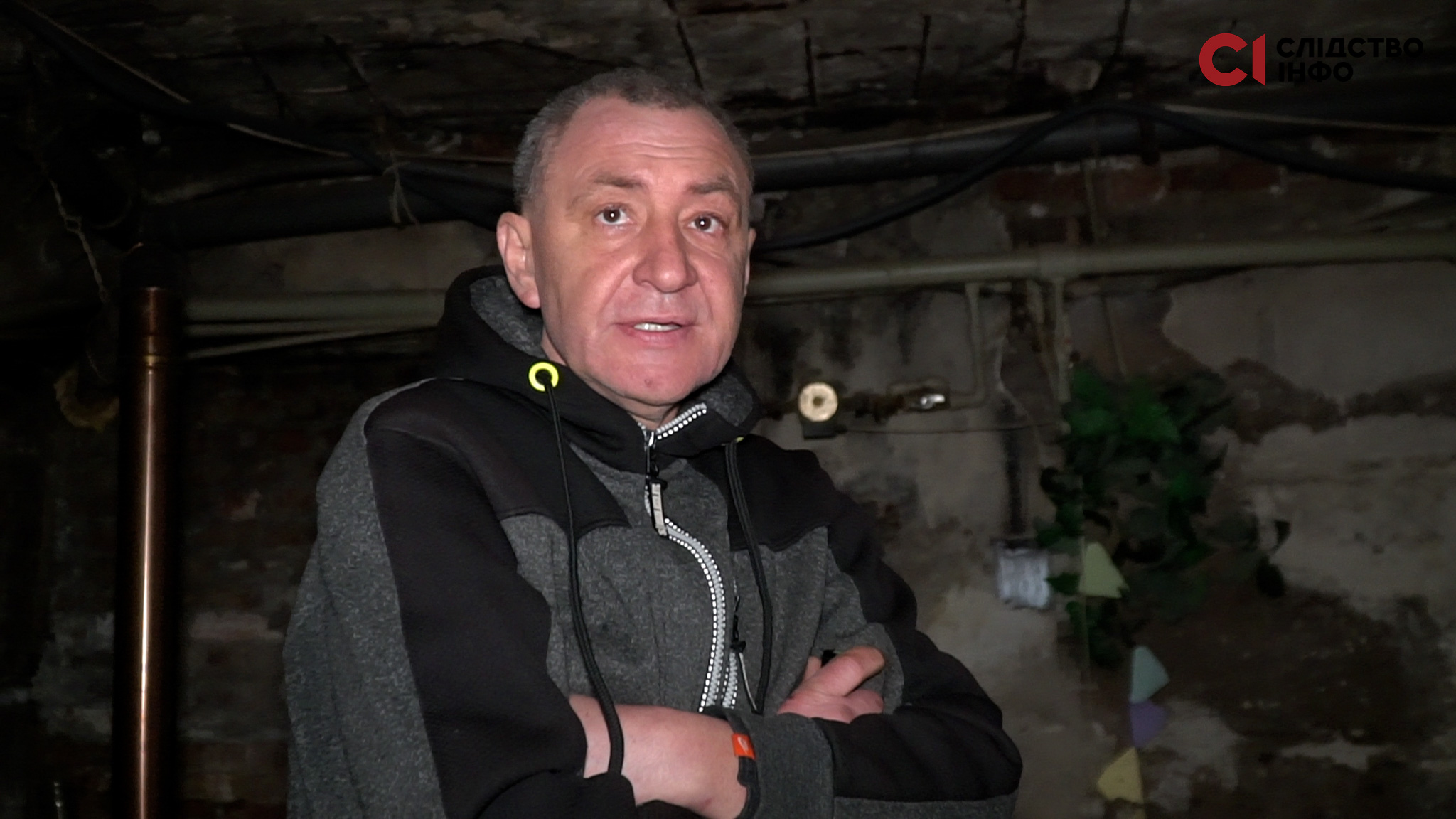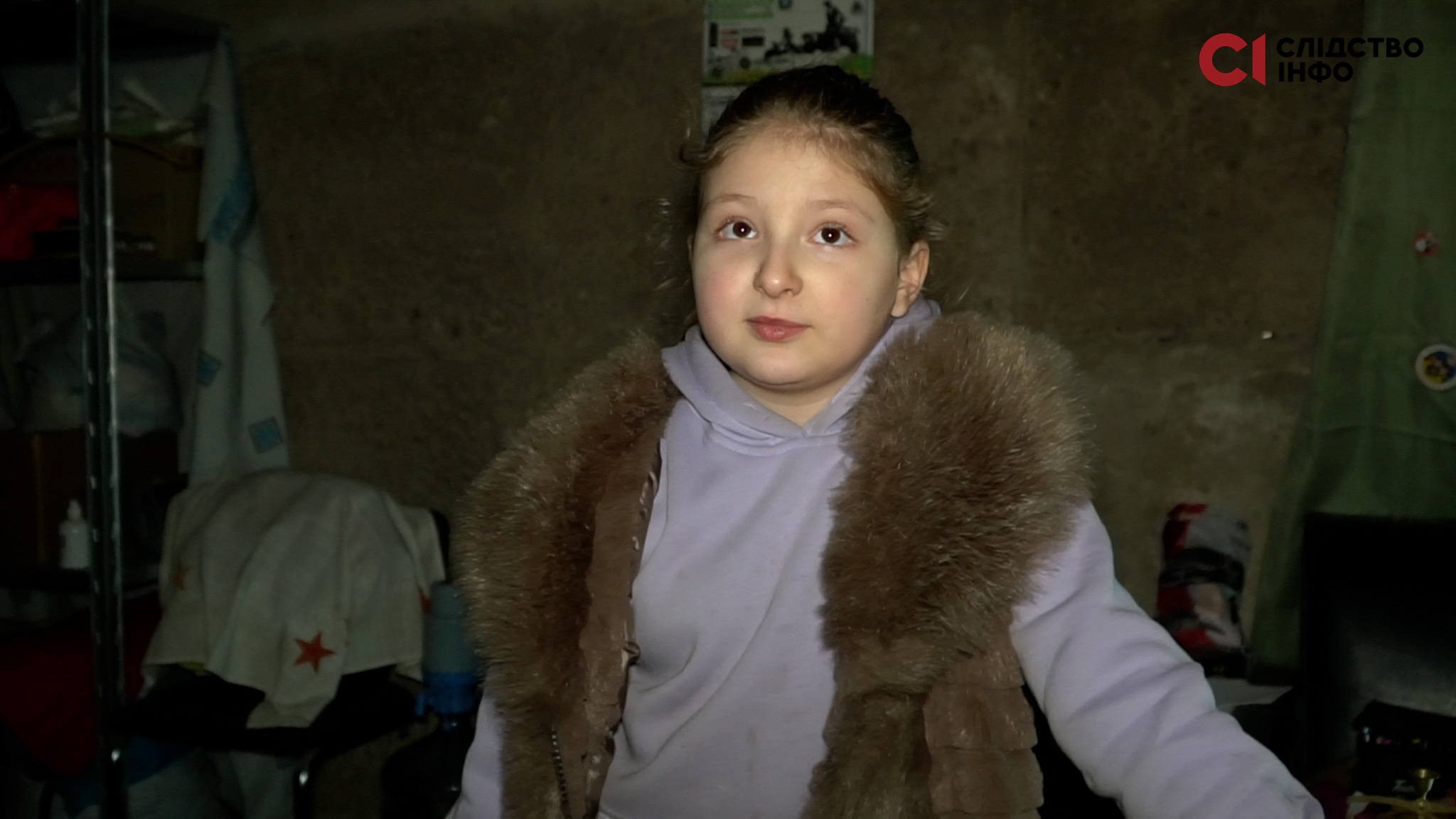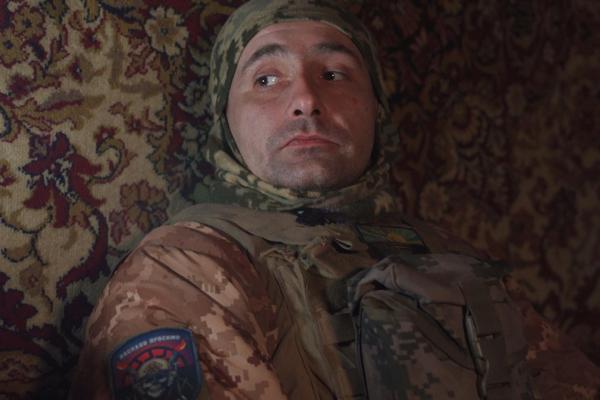Bakhmut is currently the hottest spot on the frontline. For seven months now, the Russian army has been throwing all its forces at capturing the city, systematically destroying it. Despite the active hostilities, more than 6,000 locals remain here, about 200 of them are children.
The journalists of Slidstvo.Info visited Bakhmut and talked to the residents of the city and, in particular, a family with a child that is not planning to leave.
“THE CITY IS ON FIRE”
The last time Slidstvo.Info visited Bakhmut was in November. Then the journalists reported on 30 rescuers who, despite constant shelling, stayed in the unit and continued to extinguish fires from almost continuous “arrivals”, distributed humanitarian aid and brought water to the locals.
Now, fewer and fewer rescuers are staying in the city. And in the center of Bakhmut, where their unit is located, staying there is more like a lottery – all the buildings around are windowless or have burned to the ground, the roads are covered with glass, and the air smells of smoke.
- Bakhmut
- Bakhmut
- Bakhmut
“It’s getting worse and more difficult. If before one house or apartment was burning, now dozens of apartments are burning down and, unfortunately, we cannot extinguish them (due to constant shelling – ed.),” says Yuriy Halych, the head of the 8th State Fire and Rescue Unit.
A thick column of black smoke is rising right behind the fire and rescue unit. The bank building opposite the city executive committee is on fire – it was hit by Russians again in the morning.
- Bakhmut
- Bakhmut
“Bakhmut is hell when you drive down the streets and they are burning. You drive and mines are falling in front of you. You need to quickly navigate which house to go behind. I once told the guys: “It (Bakhmut, – ed.) is burning”. They replied: “It’s fog,” and then “it’s really burning, literally every district,” says Pavlo Diachenko, a member of the evacuation team of the Bakhmut district police department.
“THE RUSSIANS ARE ALREADY 700–800 METERS AWAY FROM MY HOUSE”
The work of artillery and small arms literally does not stop for a minute. A man in his 50s crosses the road to the sound of explosions. He says that a body has been lying a block down for two days and he wants to find its relatives or at least inform the police so that they can take it away.
- Oleh, a local resident
- Oleh, a local resident
“I live on the side of Opytne (a village south of Bakhmut, already occupied by Russians, – ed.). The Russians are already in the city, 700–800 meters from my house,” Oleh says in a shaky voice.
Before he can finish speaking, a shell hits the bank building right behind him again. A policeman guarding a nearby administrative building from looters heard the explosion and calls him to take cover: “If you’re still in the center, you should know that you can hide here if they are shelling.”
Oleh reports the body of the deceased, to which the policeman replies casually: “Is it covered already? It means they know about him and will take him away.”
The deaths of civilians in Bakhmut have indeed become a terrible routine. Almost every day, the military-civilian administration of Donetsk region reports on the deaths of citizens from shelling.
“SONYA, DO YOU WANT TO LEAVE?”
There are almost no people on the streets. The majority are hiding in basements. You can spot inhabited shelters by the chimneys of “burzhuyka stoves” sticking out of the ground. The Ohnievs family with their 9-year-old daughter Sofia (Sonya) lives in one of these.

Roman Ohniev, a local resident who stays in Bakhmut with his family
“We saw, chop, fetch water – that’s all we do here. We live in this basement alone now, the others have left. Well, you can understand people, it’s hard to listen to all this – ‘arrivals’, ‘departures’, plaster falling from the roof,” says Roman.
He and his wife Maryna had their own real estate agency. They had been developing this business in the city for over 20 years, she says.

Maryna Ohnieva, a local resident who lives with her family in the basement of a high-rise building
“I know almost every apartment, especially in the center, – who lived there, when they bought it. Of course, it’s painful to see it all being destroyed. But someone has to stay in the city. It seems to me that leaving everything is also a kind of betrayal,” Maryna says.
The family says that they tried to move with their daughter to quieter Kostiantynivka to live with their son, but returned because they felt safer here.
The Ohnievs settled in the basement of one of the high-rise buildings, not far from their apartment. However, they no longer visit there because it is too dangerous to go outside. There are several rooms in the basement divided into zones: here they sleep, here they cook on the stove, and here Sonya studies.

Sofia Ohnieva, a 3rd grade student who lives with her parents in Bakhmut
“My dad turns on the generator and I study under the lamp,” explains the girl, who is in the 3rd grade.
She says she hardly ever comes out of the basement anymore – only to feed the pigeons and dogs: “We used to go out with my mom every day, but now we only go out when it’s quiet. There used to be a shack where the dogs lived, but after the “arrival” there were 2 dogs instead of 4.”
The schoolgirl says that she is not afraid to stay in Bakhmut because she is always in a shelter.
- The desk where Sonya does her homework
- Sofia Ohnieva
“I’m just sitting here (in the basement, – ed.), and the only thing that can fall here is plaster,” the girl says, sounding like an adult.
According to Sofia’s mother, they simply decided to accept the difficulties that life threw at them and made sure they could handle everything.
When journalists ask whether the couple thought about leaving for the sake of their daughter, the father says that they stayed for her sake. The child says that it will be “somehow unusual” in another city.
Sonya is one of about 190 children who still remain in Bakhmut, the district police department told Slidstvo.Info.
“IT MAY BE THAT WE WILL NOT BE ABLE TO GET THEM OUT”
The evacuation of Bakhmut is currently being carried out by volunteers and a specially formed police company called “White Angel”. They are the only ones who have an armored car, explains Pavlo Diachenko, communications inspector at the Bakhmut district police department and a member of the evacuation team.
“We work in Bakhmut every day. We communicate with the locals and urge them to leave. For example, recently people were on the street when a shell hit, a man and a 12-year-old boy were killed,” says Pavlo.

Pavlo Diachenko, a member of the evacuation team of the Bakhmut district police department
That’s why, the police officer explains, they pay much more attention to families with children – they visit them several times to convince them to evacuate, and look for apartments themselves.
“You just can’t imagine how hard it is to refuse a person when they call and say: “Please help us, go there,” and we realize that it is already a gray zone and even the military will not let us go there,” explains Pavlo Diachenko.
Similarly, in the last weeks before the Russians captured Soledar, it was impossible to enter the city.
“It’s not even a matter of putting your life on the line, but of endangering a person. Because they are in the basement, it is at least some safety at this stage. To take them outside, even for evacuation, is a huge risk,” the man says.
The evacuation from Bakhmut is still ongoing, but the Russians are trying to surround it by cutting off the main roads leading to the city. The once main roads to the city, Kostiantynivka-Bakhmut and Sloviansk-Bakhmut, are now unusable.
READ ALSO: “I am dreaming to meet again”: the story of a woman from Bakhmut who is looking for her wounded son












